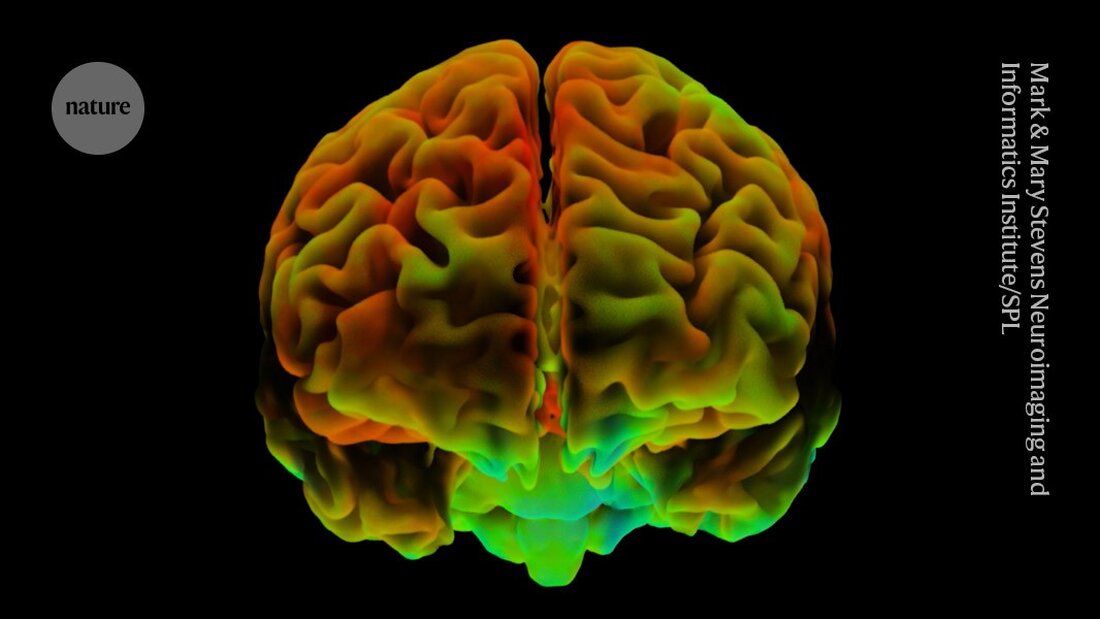Brain stimulation at home: Effective support in the treatment of depression
A clinical trial shows that home-based brain stimulation may be effective against depression in over 150 people.

Brain stimulation at home: Effective support in the treatment of depression
A remote study involving more than 150 participants has shown that an experimental treatment for depression - which uses a device-like swimming cap to gently stimulate the brain - can be effective when administered at home.
The non-invasive therapy, known as transcranial direct current stimulation (tDCS), aims to stimulate areas of the brain associated with mood regulation. It delivers a painless, weak electrical current through electrodes placed on the scalp. This method could be a game-changer for more than a third of people with depression who don't respond to traditional treatments such as antidepressants or psychotherapy.
The one on October 21stNature MedicinePublished study found that participants who received tDCS had a greater reduction in depressive symptoms than the control group after ten weeks of regular treatment. Previous research has examined the use of tDCS to treat depression, but this study stands out for its long duration and remote-based design that did not require daily visits to a specialized clinic.
“When we think about mental health barriers, accessibility is a key one,” says Shawn McClintock, a clinical neuropsychologist at UT Southwestern Medical Center in Dallas, Texas, who was not involved in the study. The study "really begins to support the possibility of bringing mental health treatments into a home setting," he adds.
Stimulation of brain cells
In the study, researchers targeted the dorsolateral prefrontal cortex, an area of the brain involved in decision-making that is often less active in people with depression. “tDCS involves a small current that makes it easier for brain cells to fire,” explains study co-author Cynthia Fu, a clinical neuroscientist at King’s College London.
Fu and her colleagues trained 120 women and 54 men, all of whom had been diagnosed with major depression, to use the tDCS headset and randomly assigned the participants into a treatment or control group.
Participants in the treatment group received a current of 2 milliamperes to the scalp - about 0.5% of the current drawn by a 100-watt light bulb - for 30 minutes, 5 times per week for the first 3 weeks, then 3 times per week for 7 weeks. Participants in the control group wore a sham headset that only delivered a short electrical pulse at the start of each session to mimic the feeling of real tDCS without providing the same stimulation.
After 10 weeks, the treatment group's score on a scale measuring depressive symptoms fell by 9.41 points, while the control group's score fell by 7.14 points. Nearly 45% of participants with the active tDCS device reported improvement or recovery from their symptoms, compared to nearly 22% of those with the sham device. The headsets were used in addition to other treatments - many of the study participants were taking antidepressants and had undergone psychotherapy for at least six weeks before the study.
Mixed results
Although these results are encouraging, previous research has shown that tDCS does not work for everyone. Last year, a study of 150 people found that tDCS had no antidepressant effects. But studies with positive and negative results are equally important to examine the method's potential as a treatment for depression, says Frank Padberg, a psychiatrist at Ludwig Maximilians University in Munich, Germany. The next step should be to understand why tDCS works for some people but not others and look for ways to personalize treatment, he adds. “Different people need different dosages.”
Future studies could also use imaging techniques and electrical recordings to monitor real-time changes in neural circuits during tDCS treatment, McClintock says. This would help researchers “see what this treatment actually does at the neural circuit level.”
“Three decades ago I would not have thought that this stimulation could do anything in the brain,” says Padberg. But now that tDCS is known to affect brain activity, "I'm pretty sure an optimized method will one day find its way into clinical care," he says.
- Woodham, R. D. et al. Nature Med. https://doi.org/10.1038/s41591-024-03305-y (2024).
- Burkhardt, G. et al. Lancet 402, 545–554 (2023). https://doi.org/10.1016/S0140-6736(23)00640-2

 Suche
Suche
 Mein Konto
Mein Konto
